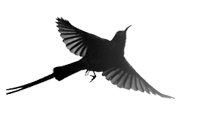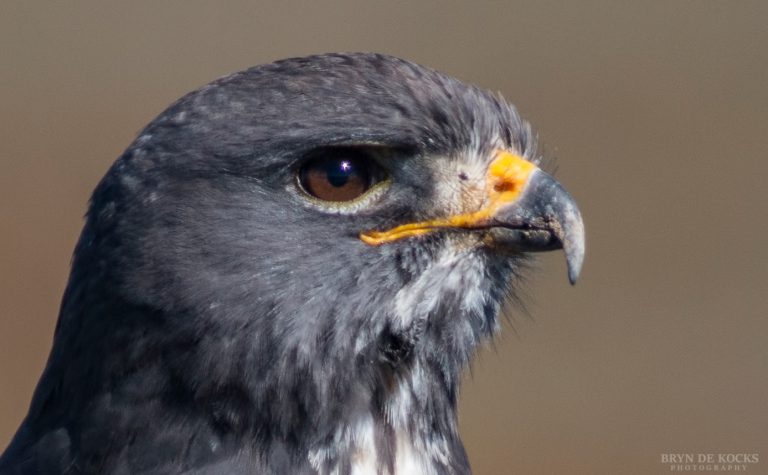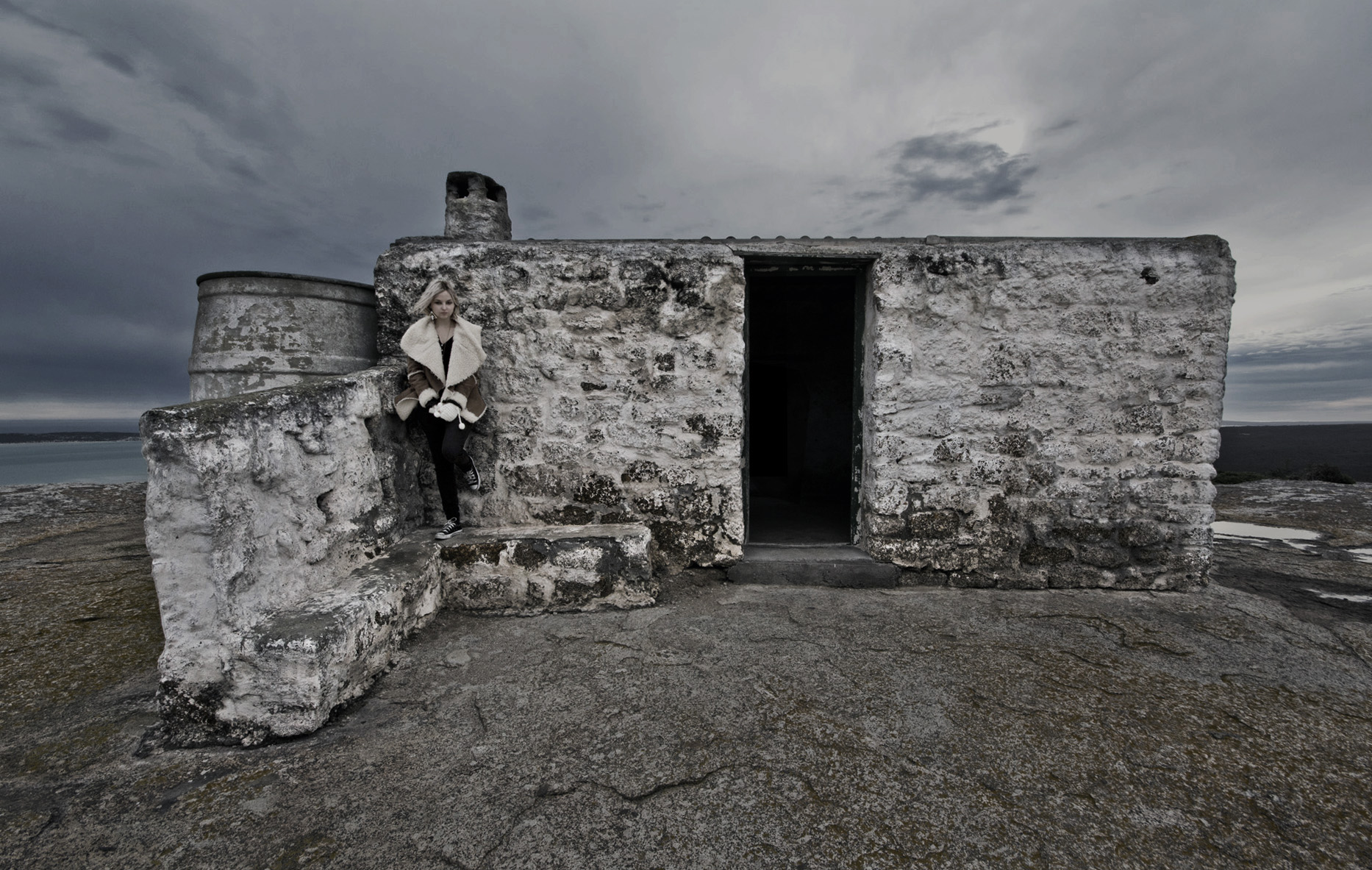Little Ringed Plover at Vermont Salt Pan
Nearly three weeks ago, news broke that the country’s first Little Ringed Plover was discovered at the Tankatara Salt Pans near Port Elizabeth. It was mere minutes later that plans were being put in place by fellow twitchers to chase down the bird with a rather lengthy 16 hour return trip. I was one of those who opted, for some foolish reasons, not to do the twitch. As it so happened, a number of birders connected successfully, before the bird grew tired of the paparazzi and sought shelter somewhere unknownst to us.
Fast forward two weeks…
A message appears on a whatsapp group, with a picture of the same bird and the text: “It was bound to happen”
“Where was that?”, the first reply.
At this point, I am sure several of us were watching the screen intently, one hand on our phones, the other navigating our SDs cards into our DSLR card slots, while at the same time scanning the room for signs of our car keys.
“Vermont Salt Pans, near Hermanus”, the response that came through from Trevor.
Immediately, the tap of epinephrine began to flow. After some regret about missing the bird in the Eastern Cape, had I now made the right choice? Would I be able to connect with the bird in its new found feeding ground? I happened to be behind my work desk at the time, partaking in the mandatory aspects of adult life. “So Charl… I may need to take an early lunch”, I stated in a queried tone to my office manager.
“So what bird is it this time?”
His response was reflected the fact that almost all my leave days thus far this year had been related to twitches, some of them last minute half day requests. The green light was given, and so began my planning. Monique was still at class, however she would be finishing in about 30 minutes. I sent her a message and suggested we rendezvous at my place just after 12 and then zip through the mountain pass of Grabouw and end up at Vermont before 13:00.
I still had a few minutes to spend behind my desk before taking off. The nerves were turning me into a professional drummer, fluent with double-bass, as my feet thumped against the floor at a thoroughly impressive rate.
After completing a few admin tasks, as standard for a week day, the time had come and I was soon rushing to my car. I then met up with Monique and we set out to head the 100 or so kilometers. We weaved our way through the mountainous passes around Grabouw, exiting out near Botrivier, and then embracing the change in landscape, as our surroundings changes from that of rocky outcrops to fields of Canola, starting to whither as the summer approaches.
We found ourselves making good time, and arriving in about 50 minutes after our departure. We arrived to a couple of cars parked in the small side street that leads to the salt pan. Making haste, I grabbed both my bins and camera, then moving towards the salt pan for signs of the bird. Initial sightings of the surroundings weren’t great, instead of seeing a group of smiling twitchers, we saw a few defeated faces behind both scopes and bins, all looking in various directions.
I stopped by an elder gentleman, his face still fixated on his scope.
“Any sign of the Plover?”, I asked him.
“No one has seen it since the original sighting, there’s been a bunch of people looking for about an hour now. I’m scanning the opposite side of the pan, but all I’ve had so far was a Common Ringed Plover and some Kittlitz.
Shortly after, Keir and Alouise arrived, having made the trip from Napier. They joined in the search, adding an additional scope to the equation. A good thing too, as many of the birders who were scanning upon our arrival had now given up their search and were headed back home.
The wind was sweeping across the pan, and was clearly not ideal for bird activity along the shorelines. However, I caught sighting of a single bird on the opposite side of the pan, upon looking through my bins, it was clearly either a Common Ringed Plover or the target bird. However, it happened to be exactly where the man with the scope had claimed he saw a Little Ringed Plover. In hind sight, I should perhaps have spent more time verifying this claim of Common Plover. Though I did eventually decide to head towards the bird to get better visuals. The problem was, however, than another pair of individuals had beaten me to it, and in turn had flushed the bird before they were able to get good visuals.
“There was a small wader that flew in from right to left, did you see it?”, they queried.
We hadn’t noticed the bird moving off, but it was certainly the same individual we had attempted to go get better looks of, and no doubt the same bird that was identified as a Common Ringed. We made our way back around to the spot where we were scanning on the western side of the pan. While everyone watched the rocky shoreline, I ventured further to the north, to try scan some other areas. Not even 2 minutes later, out the corner of my eye I saw arms being waved in crazed frenzy. They had the bird!
I ran over to where they were watching the bird, and Keir and Al had already setup the scope on the bird. The optic now pressed against my face, my eye swung from left to right in search of the bird. Boom! Got it! Upon moving my face away from the scope and making way for the other keen eyes around me, I lifted the bins to my face and noticed the bird was only about 15 to 20 meters in front of us, moving along the edges of a small formed pool near the front of the pan.
The bird had no doubt been moving between the rocky shoreline, but had now moved out into open view. The white rocks which lined the pan provided perfect cover for the bird, both from the wind and from our prying eyes.
We all intently focused on the bird, as it began moving from right to left, weaving between the rocks, in and out of our view. On rare occasion it would find itself standing on a rock, offering better views, but not before soon moving back behind its masking habitat.
As I had only taken an extended lunch, we were rushed in our return back to Somerset West, though our views were quite sufficient and overall, I was of course over the moon at the fact that what was a bit of a regret (not chasing the bird in the Eastern Cape), had come back in my favour and offered me an even better view so close to home.
The Little Ringed Plover continued to show the afternoon and then the next day, however it was soon gone and has not been relocated since. Whether it continued its westerly trek and now wades inconspicuously on some inaccessible body of water, or whether perhaps it has realized it overshot its landing by a few thousands kilometers, no one can truly know.











